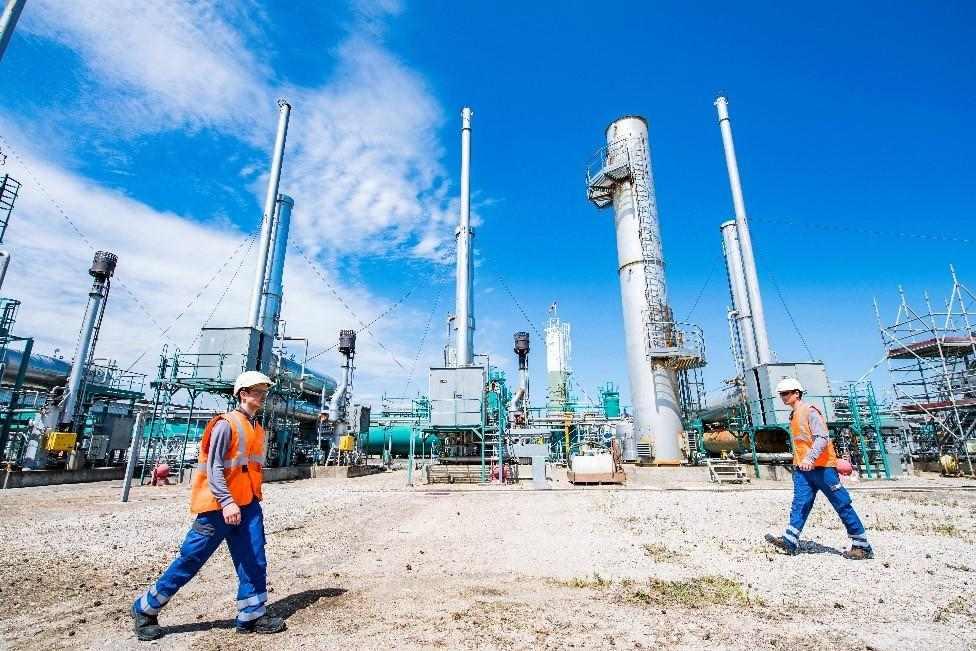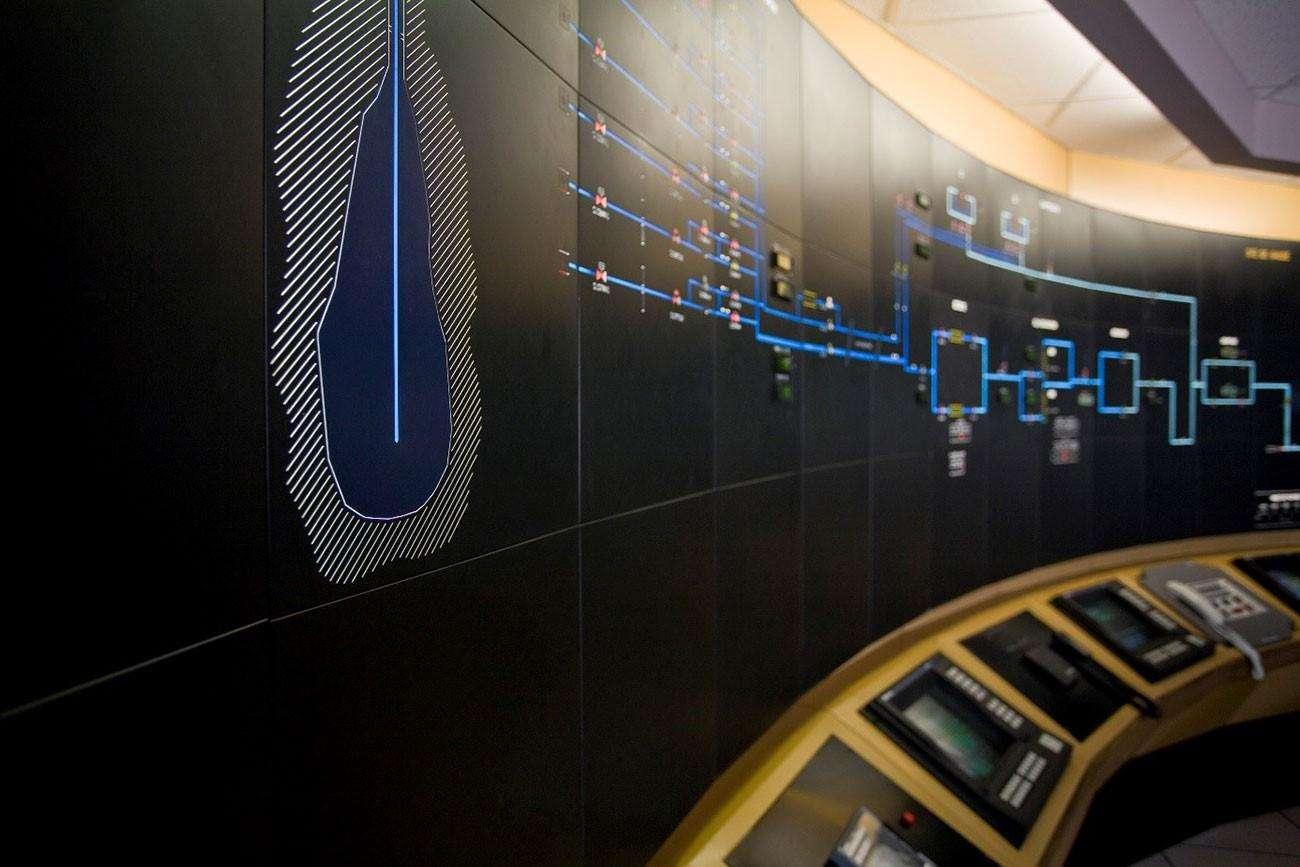
Industrial facilities at the Storengy underground natural gas storage site in Chémery, France Copyright ENGIE / MIRO / MEYSSONNIER ANTOINE
Energy storage is a major lever for the energy transition. It makes it possible to develop the production of energies with low CO2 emissions and to ensure the supply of energy to consumers at all times.
So far, the most economic and efficient way to store energy in large quantities is to store it in the form of gas injected into underground reservoirs. A key player in the natural gas market, ENGIE has a storage capacity of more than 136 TWh in Europe, the equivalent of the annual energy needs of more 30 million electric vehicles.
The underground storage activities are led by Storengy, a 100% subsidiary of the ENGIE Group. Storengy is the leading storage operator and the leading marketer of energy storage capacity in France and Europe, with its 21 industrial sites: 14 in France, 6 in Germany and 1 in the United Kingdom.

Industrial facilities at the Storengy underground natural gas storage site in Chémery, France Copyright ENGIE / MIRO / MEYSSONNIER ANTOINE
Located close to consumption areas, natural gas storage ensures uninterrupted energy supply and can meet peaks in demand during the winter, whether climatic, geopolitical or social, etc.
During winter cold snaps, storage can cover more than 50% of needs, thereby securing the country’s energy supply.
The storage facilities have a capacity equivalent to 25% of national natural gas consumption.
In accordance with current European energy market legislation, all Storengy’s storage capacity is available to all market players.
For storage, the natural gas is compressed:

Locations of Storengy storage sites in Europe
The underground reservoirs are filled in the summer when gas consumption is lowest. Gas is then available throughout the country to cover the winter period when consumption is highest.
To support the transition to carbon neutrality, the Group is implementing major projects to allow it to store current and future renewable gases, such as biomethane produced from farm, green and food waste, etc., or the hydrogen produced from surplus renewable electricity.
Because while the gas being stored today is natural, tomorrow it will be renewable.
ENGIE is convinced that renewable hydrogen is the key to unlocking the full potential of renewable energies and carbon-free energy solutions. Hydrogen can be used in industry (chemical, electronics, metallurgical, etc.) as well as in transport (to extend the range of electric vehicles) and can be stored in large quantities in salt caverns.

Control panel for Storengy’s salt cavern gas storage site in Manosque, France ENGIE / DUREUIL PHILIPPE
Produced through the Power-to-Gas process, hydrogen offers a large-scale storage solution for renewable electricity. In addition to decarbonising industrial or mobility uses, the hydrogen can be reconverted to electricity after storage, using fuel cells that only emit water.
Renewable hydrogen can also be combined with CO2 to form synthetic methane. Synthetic methane, which has the same properties as natural gas, can then be injected into transport, storage and distribution networks for use by industry, local authorities and individuals. Synthetic methane production thus provides an energy use for the CO2 emitted by industrial sites, and hence contributes to the decarbonisation of the energy mix.